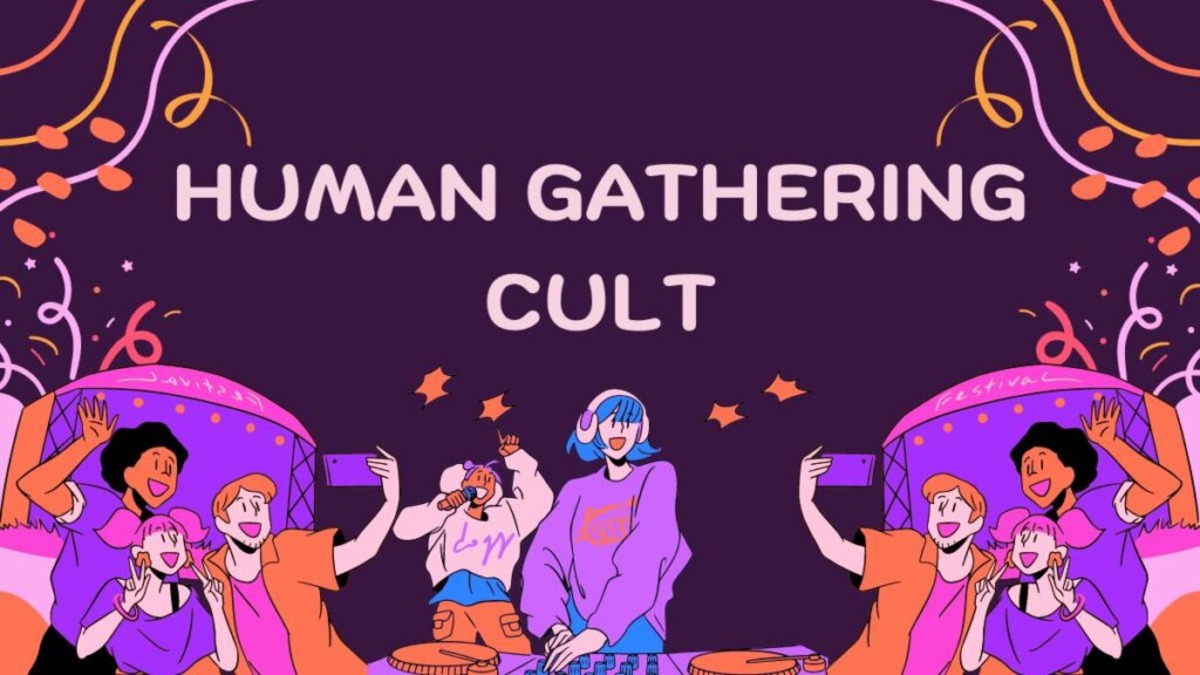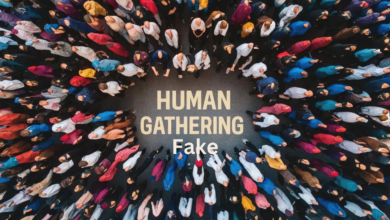Characteristics of a Successful Human Gathering Cult1

Table of Contents
The term “human gathering cult” evokes a mix of curiosity and apprehension. In recent years, this phrase has gained traction, often surrounded by misconceptions and sensationalism. But what exactly is a human gathering cult? Are these gatherings sinister secret societies, or is there more to them than meets the eye? This article aims to demystify the concept, explore the underlying social dynamics, and provide a nuanced understanding of what human gathering cults entail.
What is a Human Gathering Cult?
A human gathering cult refers to a group of people who come together regularly, bound by a common interest, belief system, or set of practices that are often unconventional or esoteric. These gatherings can vary significantly in size, purpose, and intensity, ranging from benign social clubs to more secretive and exclusive groups.
Origins of the Term
The term “cult” often carries a negative connotation, stemming from its association with extreme or fringe religious movements. Historically, cults were seen as groups that deviated from mainstream religious or social norms, often led by a charismatic leader who demanded absolute loyalty from followers. Over time, the definition has broadened to include various groups with unconventional beliefs and practices.
Central Belief System
Human gathering cults typically revolve around a central belief system or ideology. This could be religious, spiritual, philosophical, or even centered on a particular lifestyle or cause. The belief system often provides the foundation for the group’s practices and rituals.
Charismatic Leadership
Many human gathering cults are led by a charismatic figure who inspires and unites members. This leader often claims to have special knowledge, insights, or abilities that set them apart from others. Followers may view the leader with reverence, sometimes attributing supernatural or divine qualities to them.
Exclusive Membership
Membership in a human gathering cult is often exclusive and selective. New members might undergo a vetting process or initiation ritual to prove their commitment. This exclusivity can foster a sense of belonging and reinforce group identity.
Rituals and Practices
Rituals and practices are a hallmark of human gathering cults. These can range from simple daily routines to elaborate ceremonies. The purpose of these rituals is to reinforce the group’s beliefs and strengthen the bonds among members.
Us vs. Them Mentality
Human gathering cults often cultivate an “us vs. them” mentality, distinguishing themselves from outsiders. This can create a strong sense of unity within the group but may also lead to suspicion or hostility towards non-members.
Myths and Misconceptions
Human gathering cults are frequently the subject of myths and misconceptions, fueled by sensationalist media portrayals and anecdotal accounts. It is important to separate fact from fiction to gain a balanced perspective.
Myth 1: All Cults are Dangerous
One of the most pervasive myths is that all cults are inherently dangerous. While some cults have indeed been associated with harmful practices and tragic outcomes, many are relatively harmless social groups. The key is to assess each group individually rather than making blanket judgments.
Myth 2: Cult Members are Brainwashed

Another common misconception is that cult members are brainwashed or coerced into joining. In reality, many individuals join these groups willingly, seeking community, purpose, or personal growth. The dynamics of persuasion and influence can be complex, but it is simplistic to assume that all members are victims of brainwashing.
Myth 3: Cults are Always Secretive
While some cults operate in secrecy, others are quite open about their beliefs and practices. The level of secrecy can vary widely depending on the group’s goals and the cultural context in which they operate.
The Social Dynamics of Human Gathering Cults
To understand why people join and remain in human gathering cults, it is essential to examine the social dynamics at play. These dynamics can offer insights into the psychological and emotional needs that these groups fulfill.
Sense of Belonging
One of the primary reasons people join human gathering cults is the sense of belonging they offer. In a world where individuals often feel isolated or disconnected, these groups provide a close-knit community where members can find support, acceptance, and identity.
Purpose and Meaning
Human gathering cults often offer a sense of purpose and meaning, appealing to individuals seeking direction in their lives. The group’s belief system can provide answers to existential questions and a framework for understanding the world.
Personal Growth
Many cults promote personal growth and self-improvement, attracting individuals who are looking to enhance their skills, knowledge, or spiritual well-being. The structured environment and collective encouragement can foster significant personal development.
Charismatic Leadership
The presence of a charismatic leader can be a powerful draw for potential members. Such leaders often possess qualities that inspire admiration and loyalty, creating a strong emotional bond between them and their followers.
Peer Pressure and Social Influence
Once individuals join a human gathering cult, peer pressure and social influence can play a significant role in their continued participation. The desire to conform to group norms and avoid social ostracism can reinforce commitment to the group.
Ethical Considerations and Potential Risks
While not all human gathering cult are harmful, there are ethical considerations and potential risks associated with some groups. It is important to be aware of these factors when evaluating any organization.
Psychological Manipulation
Some cults use psychological manipulation techniques to control and exploit members. This can include emotional blackmail, guilt-tripping, and indoctrination. Recognizing these tactics is crucial for protecting oneself and others.
Financial Exploitation
Financial exploitation is another risk associated with some human gathering cult. Members may be pressured to make significant financial contributions or give up their assets to support the group. Transparency about financial practices is essential for ethical group operation.
Isolation from Society
Cults that encourage isolation from society can have detrimental effects on members’ social and psychological well-being. Cutting ties with family, friends, and outside influences can lead to a loss of social support and increased dependency on the group.
Physical and Emotional Abuse
In extreme cases, some cults engage in physical or emotional abuse. This can include enforced labor, punishment for non-compliance, and manipulation of personal relationships. It is important to recognize and address any signs of abuse promptly.
Conclusion: A Balanced Perspective on Human Gathering Cults
Human gathering cults are diverse and multifaceted, ranging from benign social groups to more intense and secretive organizations. Understanding the characteristics, social dynamics, and potential risks associated with these groups is essential for a balanced perspective.
While some human gathering cults can offer community, purpose, and personal growth, it is crucial to remain vigilant about ethical considerations and potential harms. By approaching the topic with an open mind and a critical eye, we can better navigate the complexities of human gathering cults and their place in society.
In a world where the search for belonging and meaning is universal, human gathering cults will continue to attract individuals seeking connection and purpose. Whether viewed with skepticism or curiosity, these groups offer a fascinating glimpse into the social and psychological fabric of our lives.



